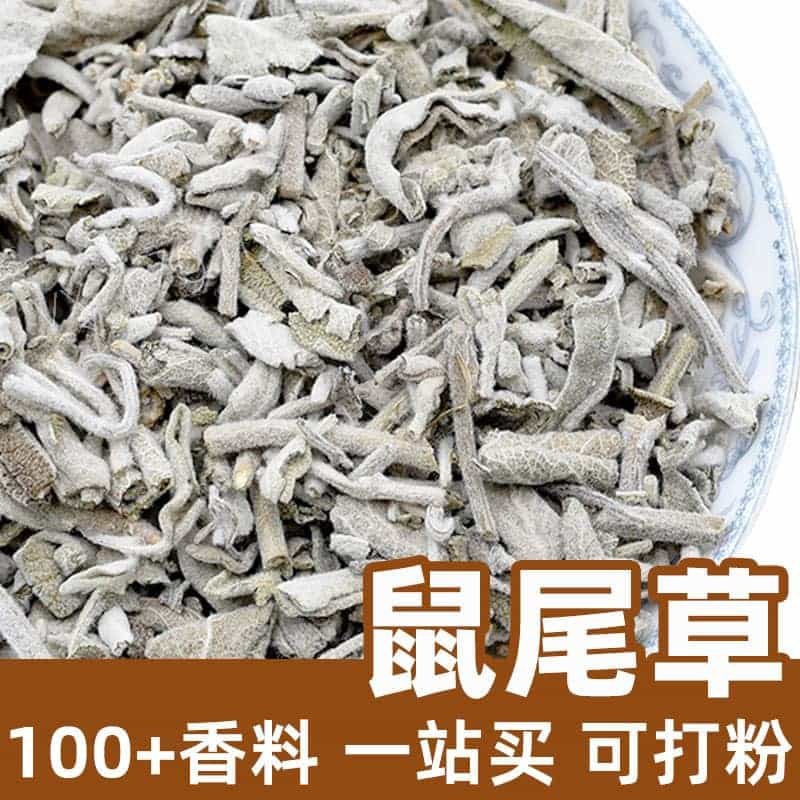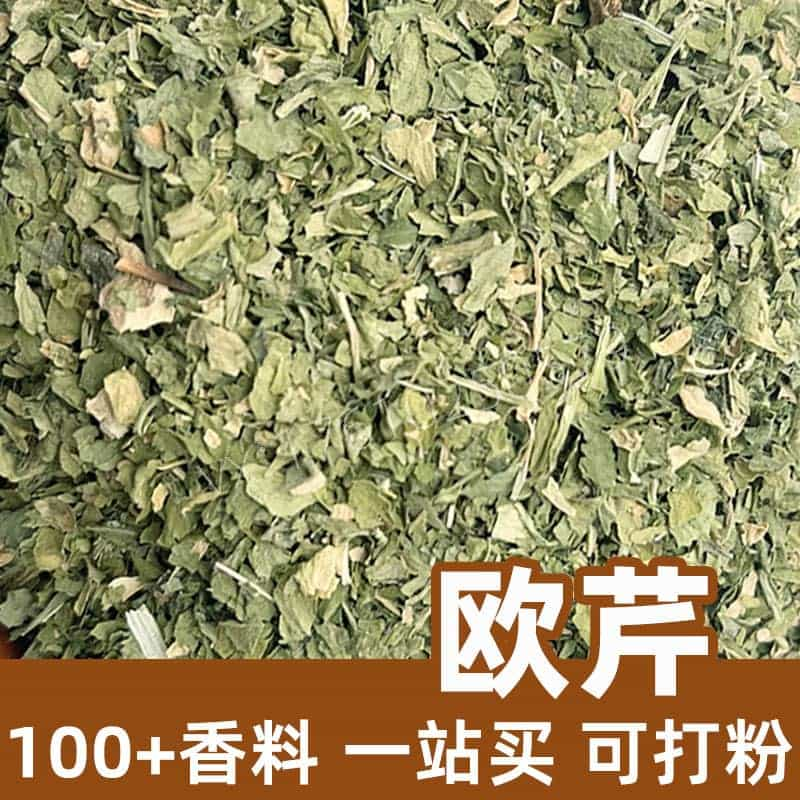Product Introduction
Lithospermum, also known as Lithospermum root, Lithospermum skin, or Zi Su grass, is a common herbaceous plant. Its roots and skin are a deep purple or dark red and appear in elongated or sliced forms. Lithospermum has a distinctive aroma and flavor, widely used in traditional Chinese medicine and skincare products.
Aromatic Chemical Composition
The unique fragrance of Lithospermum mainly comes from its chemical constituents, primarily shikonin and acetylshikonin, which give it its characteristic aroma and flavor. Additionally, Lithospermum contains essential oils, fatty acids, and various phenolic compounds, which contribute unique flavors and chemical properties.
Types of Lithospermum
Lithospermum is typically classified based on the different uses of its parts. Depending on the needs, Lithospermum can be divided into two forms: Lithospermum root and Lithospermum skin. Lithospermum root is mainly used in medicinal formulations, while Lithospermum skin is often found in skincare products or natural dyes.
Usage Scenarios, Methods, and Dosage
In the culinary field, Lithospermum has some unique applications. Here are the primary uses of Lithospermum in cooking:
- Seasoning: Lithospermum root can be used to make Lithospermum seasoning, adding color and a distinct flavor to dishes. It can be added to stews, porridge, braised chicken, roasted meats, and more to lend a red hue and a mildly bitter taste. Lithospermum root can be chopped, powdered, or toasted for different applications.
- Coloring Agent: Lithospermum root also serves as a natural dye, often used to color foods like mooncake skins and steamed buns. It imparts a red or purple color, adding an appealing and enticing visual effect to foods.
- Cocktails: Lithospermum can be used in cocktails, where it creates purple or red beverages, like the Lithospermum cocktail, giving drinks a unique color and flavor.
When using Lithospermum, it is important to apply appropriate amounts and methods to fully bring out its distinct aroma and flavor. According to individual preferences, adjustments can be made to suit taste. Lithospermum's use in cooking can add unique flavors and a visually rich element to dishes, enhancing their depth and appeal.
Plant Source, Distribution, and Growth Environment
Lithospermum, scientifically known as Lithospermum erythrorhizon, belongs to the Boraginaceae family. It is widely distributed across Asia, including in China, Japan, and Korea. Lithospermum thrives in warm, humid environments and is typically found in grasslands, fields, and hillsides.
Lithospermum roots and skins are harvested and processed into marketable fragrance products.
Harvesting, Processing, and Storage
The roots and skins of Lithospermum can be harvested during the plant’s growing season, followed by drying and processing for direct use or storage. To maintain freshness and aroma, Lithospermum should be stored in a cool, dry place in a sealed container.
In summary, Lithospermum is a commonly used medicinal and skincare ingredient with a unique aroma and flavor. In traditional Chinese medicine, it is known to alleviate skin sores, infections, and eczema. Lithospermum is also valued in skincare for its antioxidant and soothing effects. Understanding Lithospermum’s attributes, chemical components, and usage methods can help maximize its benefits and contribute to the effectiveness and appeal of traditional medicine and skincare products.
Monica Sun is a seasoned expert in the natural raw materials industry, with over a decade of experience specializing in traditional Chinese medicinal herbs, spices, and fungi. She is skilled in the sourcing, processing, and application of these materials, emphasizing sustainability and innovation. Monica Sun has contributed to the development of high-quality natural raw materials that serve as essential components in functional foods, pharmaceuticals, and cosmetics, delivering tailored solutions to meet diverse market needs.









.jpg)


.jpg)


